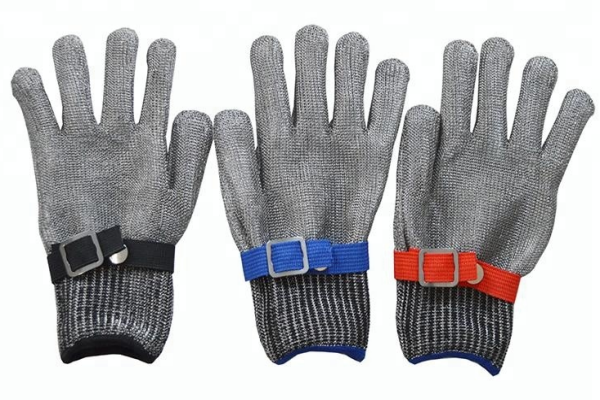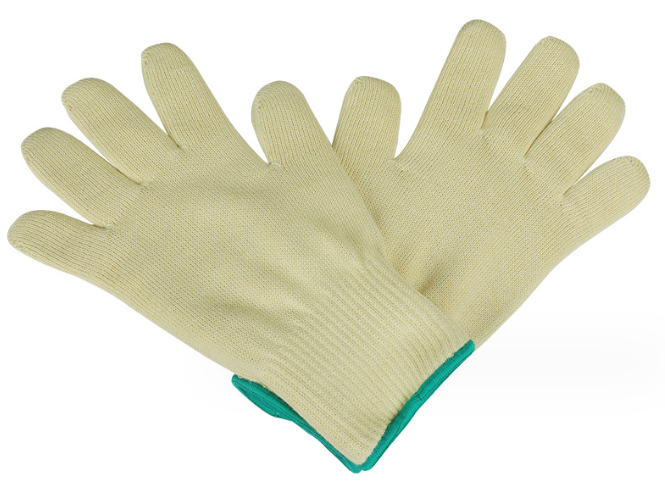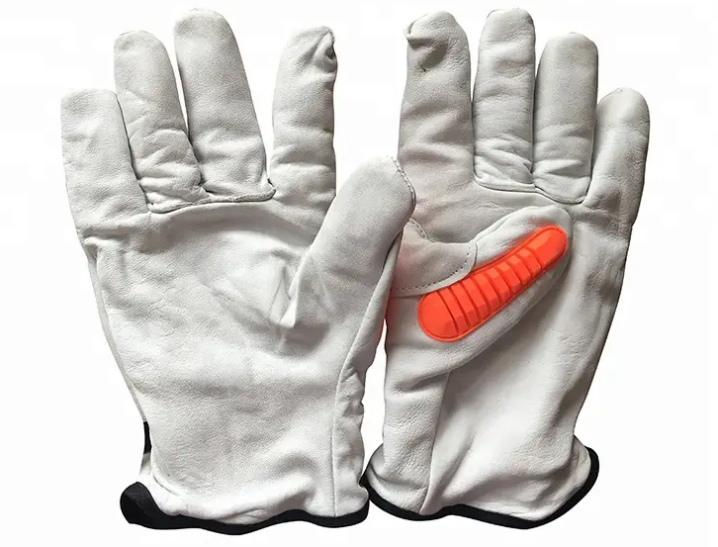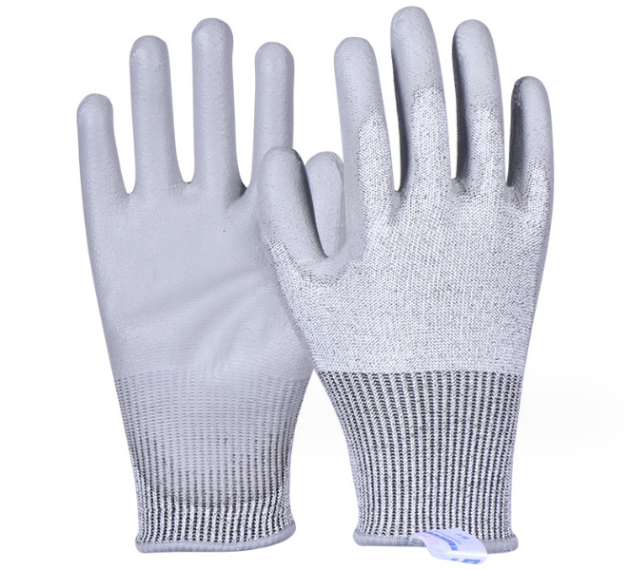Cut-resistant gloves are specially designed gloves to provide extra protection against cuts or punctures on the hands from sharp objects. They are typically used in the following situations:
Industrial fields: In industries such as machining, metal processing, glass manufacturing, and automobile repair, workers often need to come into contact with sharp knives, sharp metal edges, or other dangerous items. Cut-resistant gloves can effectively reduce the risk of cutting injuries.
Construction field: In fields such as construction, decoration, and stone processing, workers are faced with dealing with sharp materials such as sawn wood, masonry, and glass. Cut-resistant gloves can provide necessary protection and reduce the possibility of hand injury.
Garbage Industry: In the garbage, recycling and waste management industries, workers handle sharp metal, glass shards and other hazardous waste. Cut-resistant gloves can reduce cutting injuries caused by misuse.
Knife use: Some professionals, such as chefs, cutting tool operators, etc., also use anti-cut gloves to reduce the risk of injury when knives are misused.
Choosing the type of cut-resistant glove usually depends on the work environment and level of risk. The general approach is to evaluate the cut resistance of gloves according to the EN388 standard, which provides a five-level rating system for gloves. Of course, the most appropriate type of glove should be chosen based on your specific work environment and needs. When choosing, you also need to pay attention to the comfort and flexibility of the gloves to ensure freedom of operation and hand comfort.
Cut-resistant gloves can be subdivided into the following categories based on different materials and design features:
Steel wire anti-cut gloves: Made of woven steel wire, they have high anti-cut performance and can effectively prevent being cut by sharp objects at work.

Special fiber anti-cut gloves: Made of special fiber materials, such as cutting wire, glass fiber, aramid fiber, etc., they have high anti-cut performance and wear resistance.

Thickened anti-cut gloves: One or more layers of anti-cut materials are added inside the gloves to make the gloves thicker and stronger as a whole and improve the anti-cut performance.

Coated anti-cut gloves: The outside of the gloves is coated with a layer of anti-cut material, such as polyurethane, nitrile rubber, etc., which provides additional anti-cut protection and good grip.

Plastic anti-cut gloves: Made of plastic material, they have good cutting resistance and are suitable for some special working environments.
The above are some common types of anti-cut gloves. Choosing suitable gloves according to actual needs and working environment can provide better protection.
Post time: Nov-24-2023